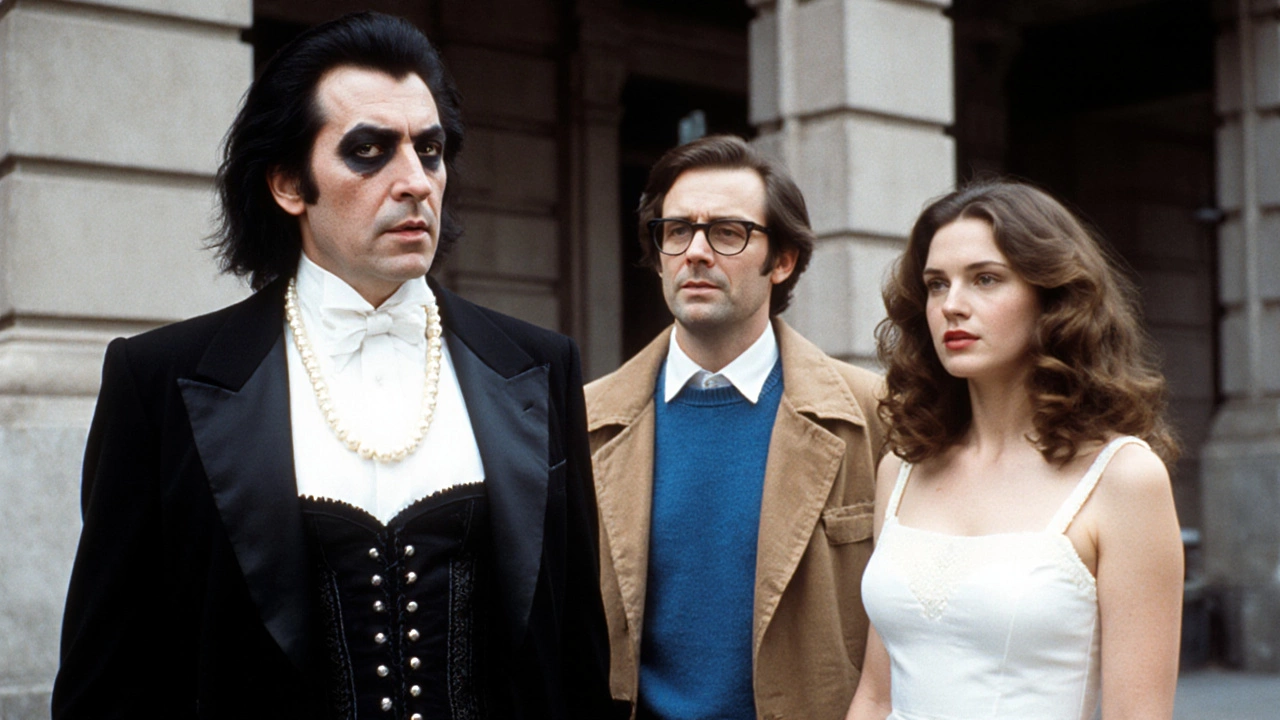UK screenings: what they are and why they matter
When talking about UK screenings, the practice of broadcasting live sports, cinema releases or special events across the United Kingdom, most people think only of big‑ticket games. In reality, it also covers niche fights, youth‑league streams and even on‑demand exhibitions. Sports streaming, the delivery of live or recorded sporting content over the internet fuels much of the demand, while platforms like Netflix, a global on‑demand video service that rarely carries live sport shape expectations around rights and pricing. Finally, Exhibition boxing, high‑profile, often cross‑over fights that attract massive streaming audiences serves as a showcase of how a single event can dominate UK screening slots.
One key trend is the rise of sports streaming as the backbone of UK screenings. Services need robust bandwidth, adaptive bitrate technology, and reliable CDN partners to deliver seamless feeds to millions of homes. The attribute “low latency” directly influences viewer satisfaction, while the value “real‑time stats overlay” adds depth. As a result, UK screenings now encompass both traditional TV broadcasts and internet‑first deliveries, blurring the line between cable and online.
Licensing remains the biggest hurdle for live events. Broadcasters must negotiate rights with leagues, promoters and venues, often months in advance. This is why Netflix, despite its massive budget, still shies away from live sport: the cost of securing rights and building a live‑stream infrastructure outweighs its current content strategy. The predicate‑object relationship here is clear – Netflix influences the availability of live events by prioritizing on‑demand originals over real‑time broadcasts.
Take the upcoming Jake Paul vs. Gervonta Davis exhibition bout as a concrete example. The fight is slated for a Netflix‑streamed exhibition in the UK, turning a typical pay‑per‑view boxing match into a free‑to‑watch event for subscribers. This illustrates the semantic triple: "UK screenings encompass exhibition boxing" – the event’s catch‑weight format, the size gap debate, and the Netflix partnership all converge to create a unique screening window that reaches a broad audience.
Beyond marquee fights, many entrepreneurs are tapping into the youth‑sports market. Setting up a live streaming website for youth leagues requires a mix of web development skills, streaming licences, and community outreach. The attribute “user‑generated content moderation” ensures compliance with child‑safety laws, while the value “social media integration” boosts discoverability. When these elements align, UK screenings can feature local matches that otherwise never see a televised audience.
Viewer experience hinges on technology that adapts to screen size, connection speed, and personal preferences. Features like multi‑camera angles, real‑time commentary switches, and interactive polls turn a passive watch into an engaging event. These capabilities reinforce the predicate: "Sports streaming requires advanced UI/UX tools," which in turn expands the reach of UK screenings across devices from smartphones to living‑room TVs.
Looking ahead, immersive formats such as virtual reality and 360‑degree streams promise to rewrite what a UK screening looks like. Early pilots show that fans who wear a headset can pick their seat in a stadium, seeing the action from any angle. If the industry adopts these tools, the semantic triple "UK screenings will enable immersive experiences" will shift from speculation to daily reality.
All this context sets the stage for the articles below. Whether you’re curious about the economics of a Netflix‑only fight, the tech behind youth‑league streams, or the future of immersive screenings, the collection ahead covers the full spectrum of UK screenings and the forces that drive them.

Rocky Horror Doc Screens UK Oct 3‑8, Featuring Cast Legends
The new Rocky Horror documentary screens Oct 3‑8 across the UK, featuring fresh interviews with Tim Curry, Susan Sarandon, Richard O'Brien and fan icons Jack Black and Trixie Mattel.
Read More